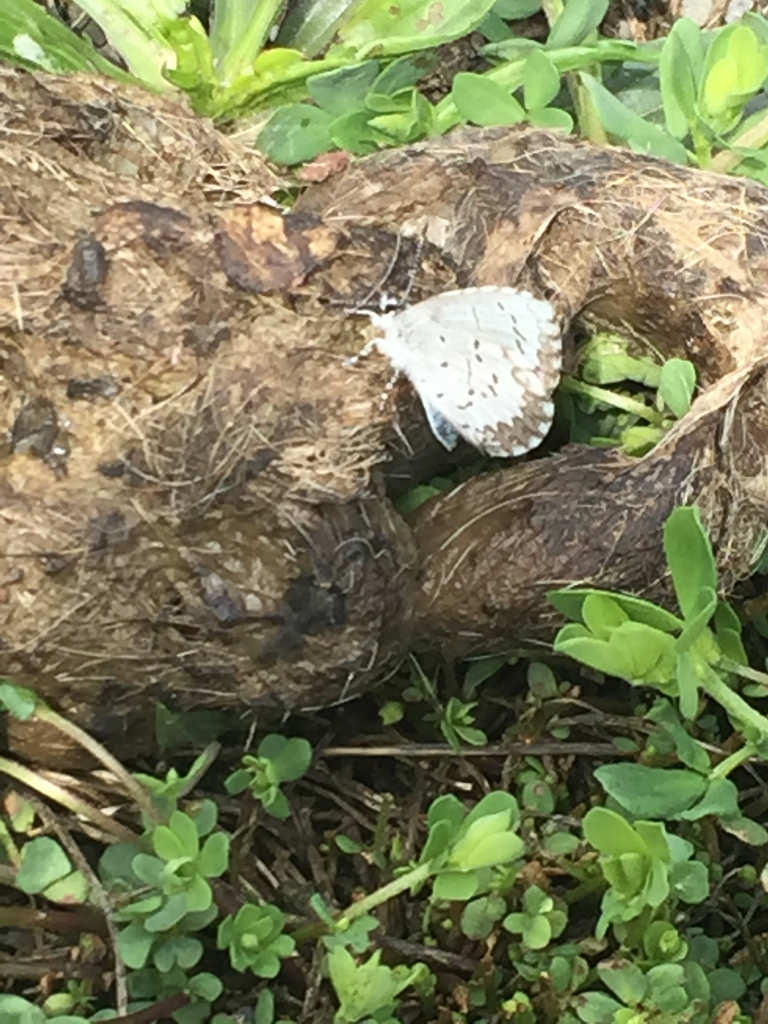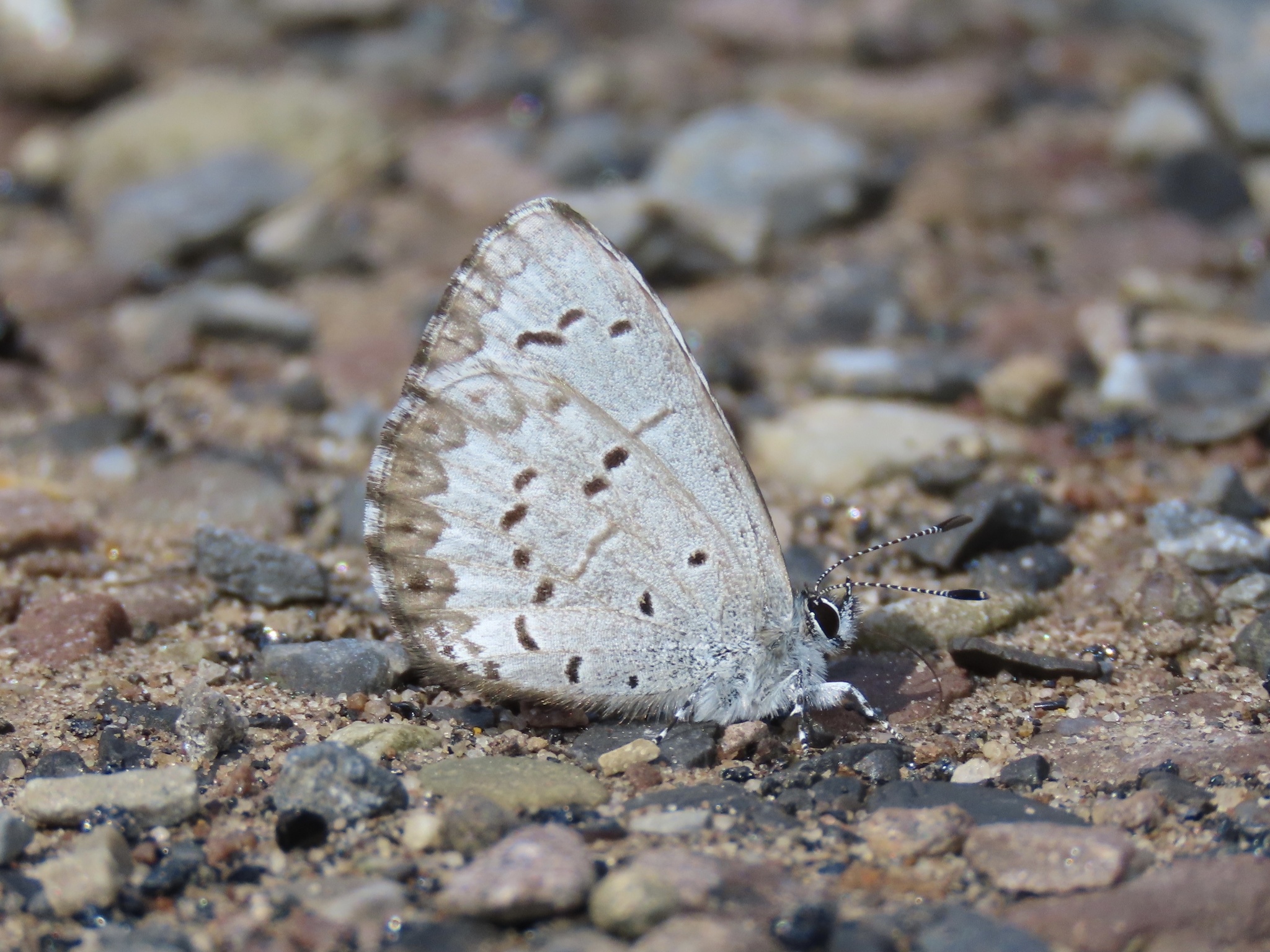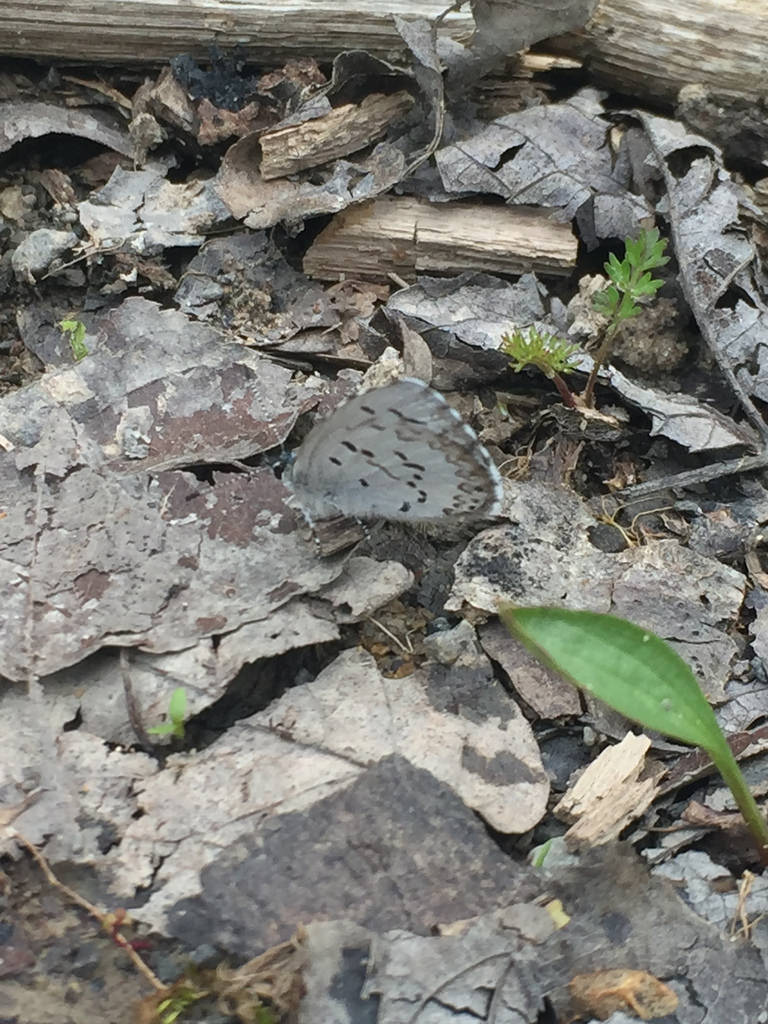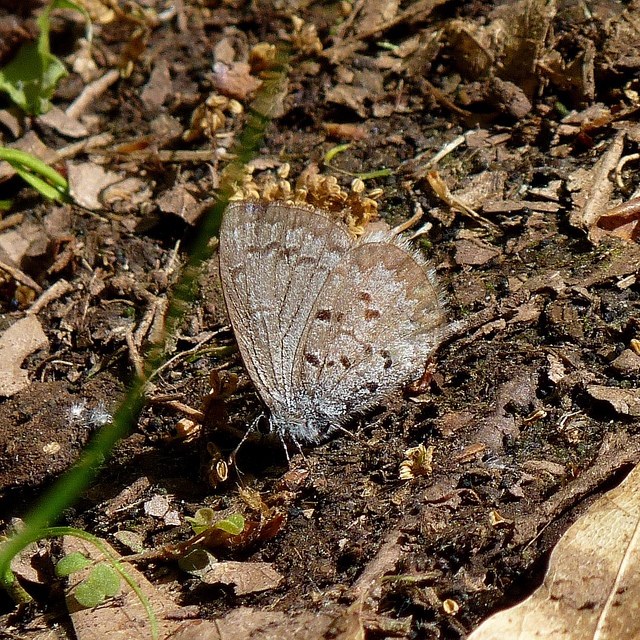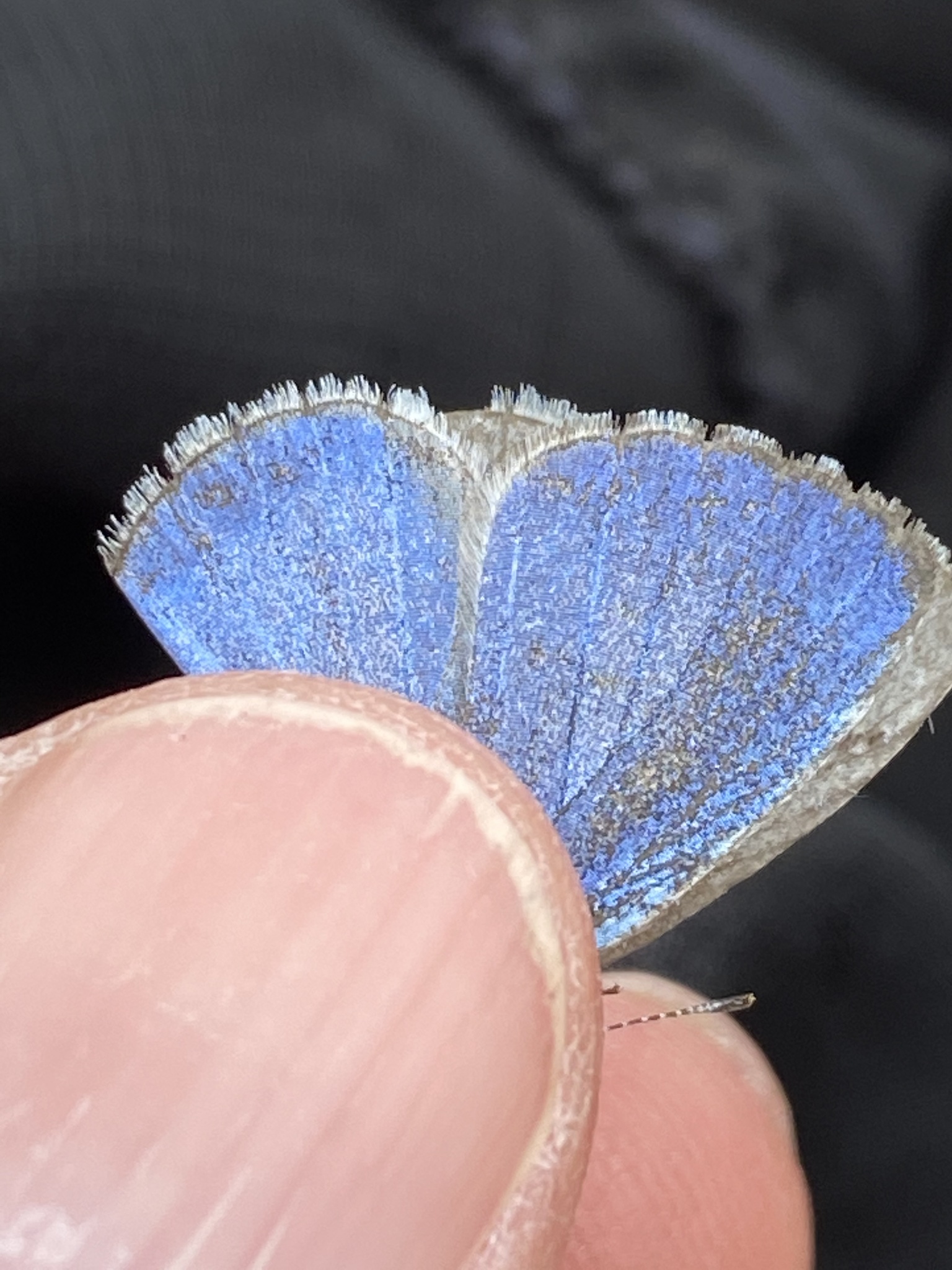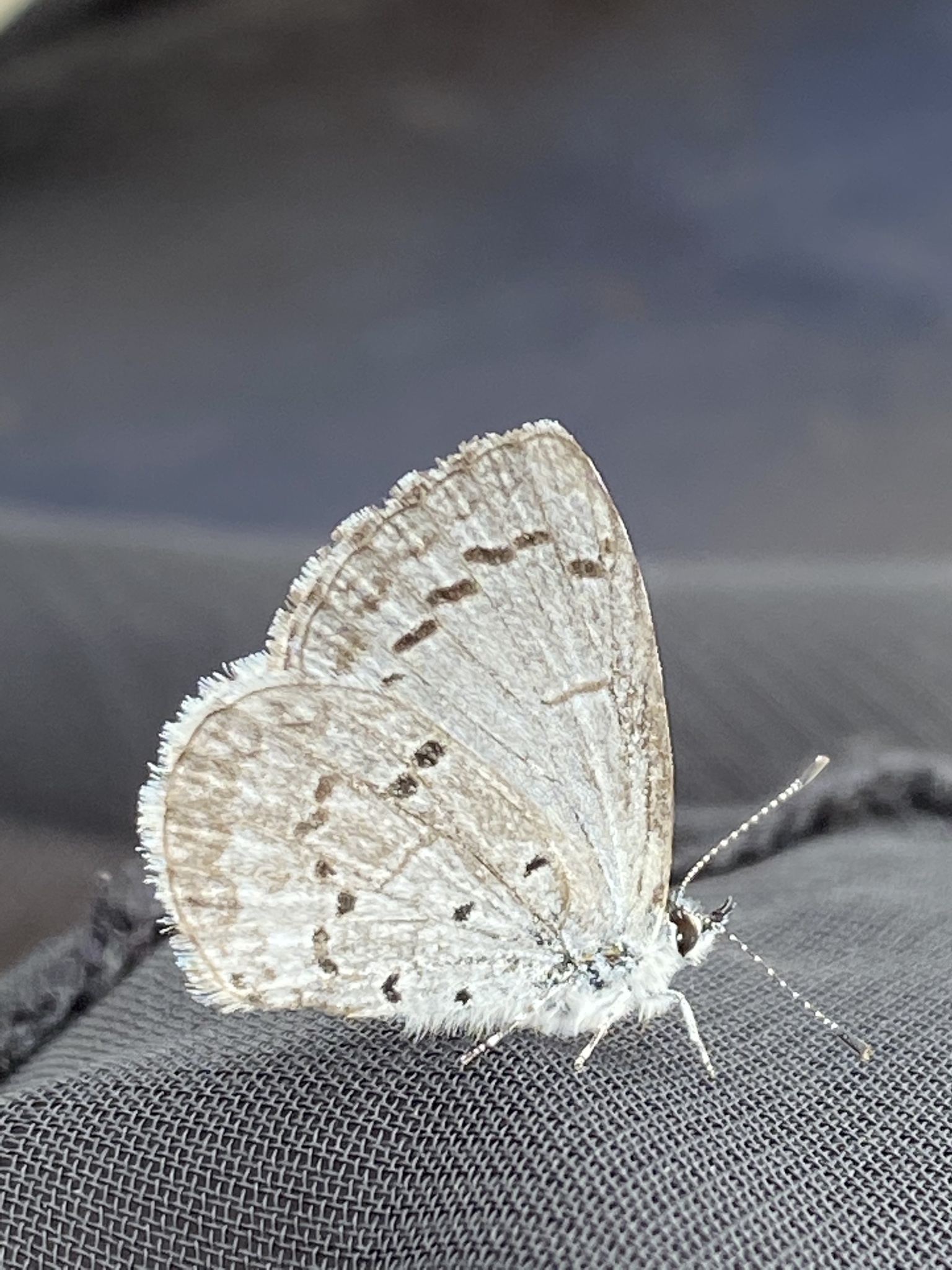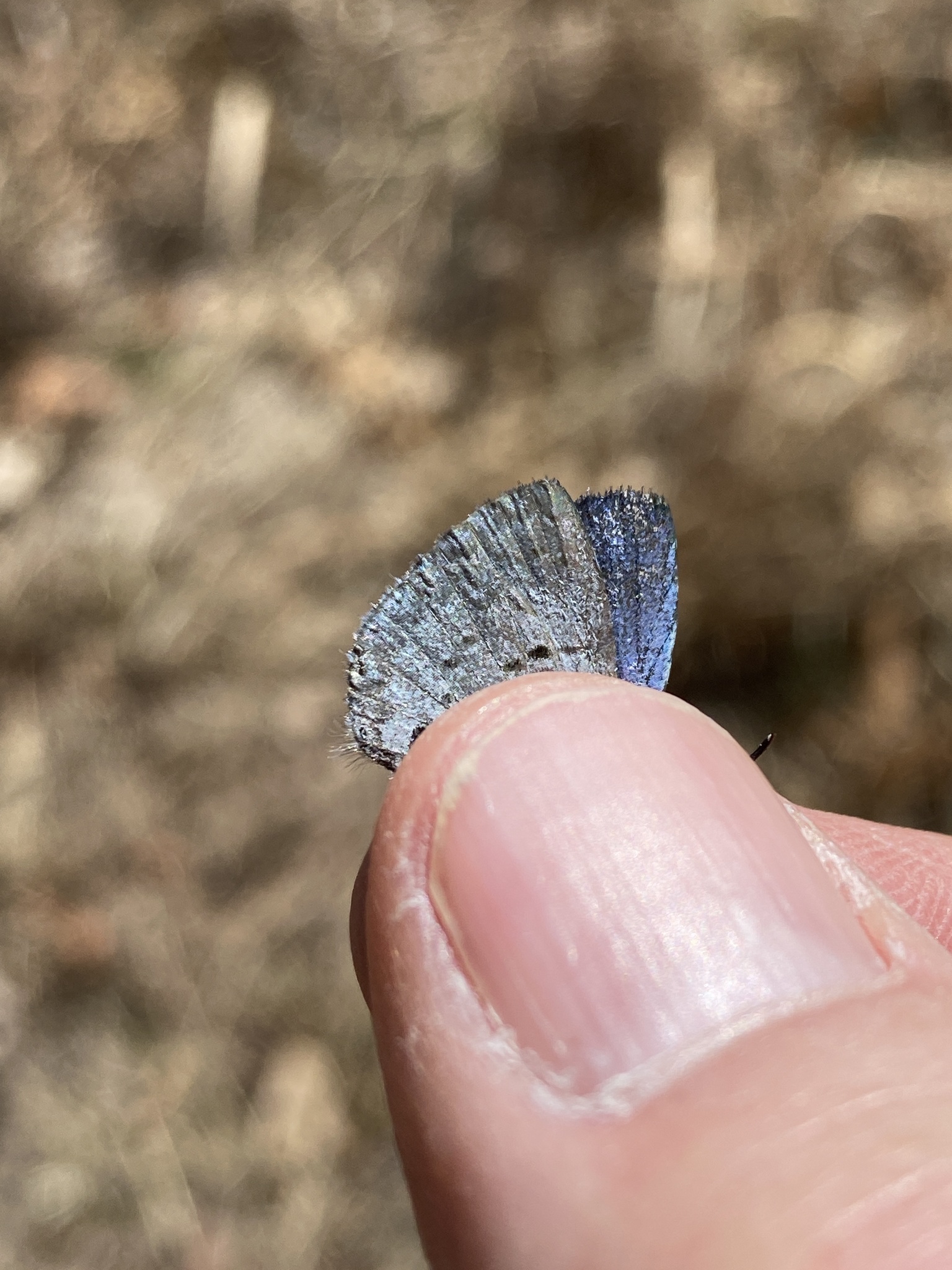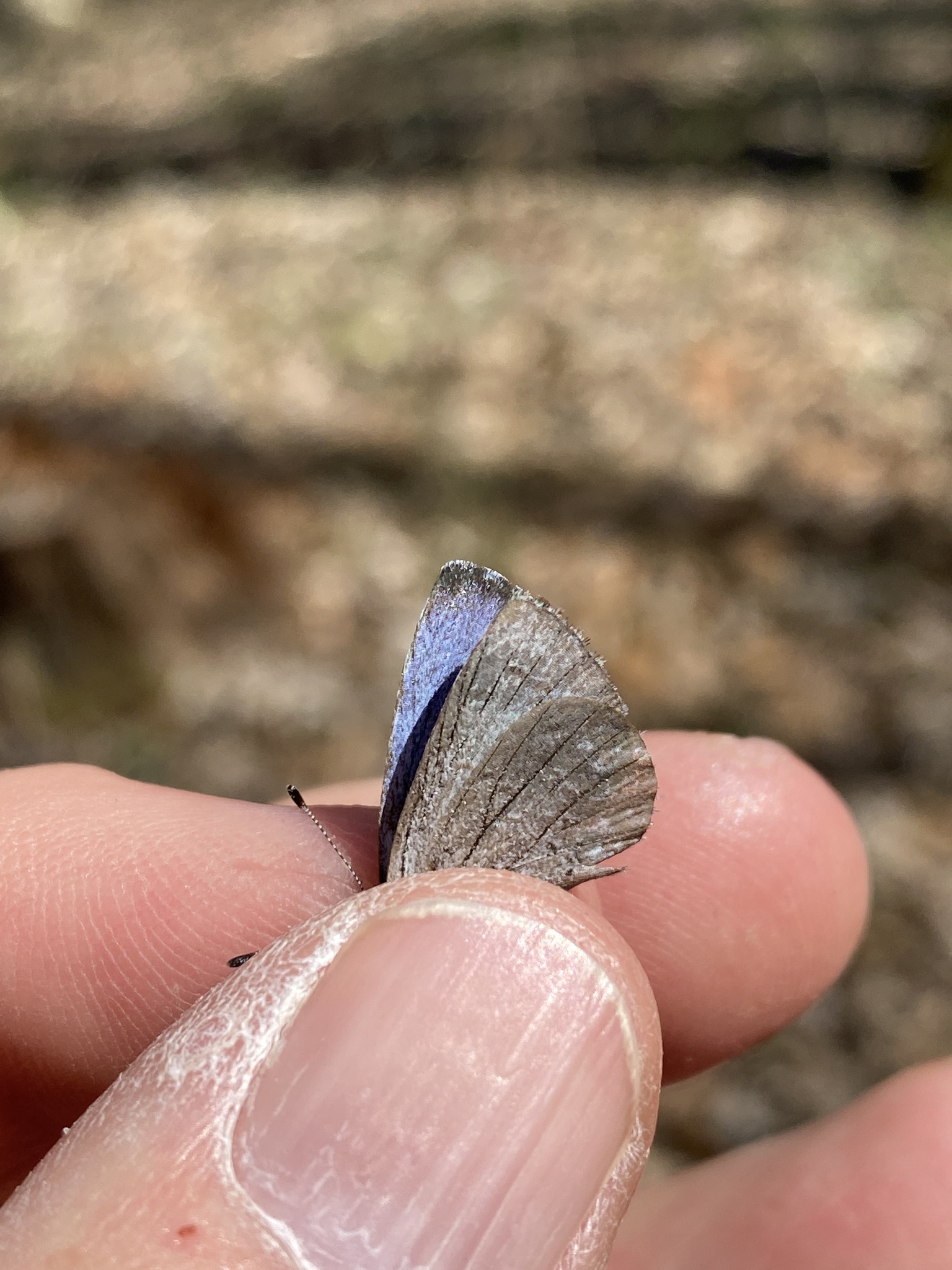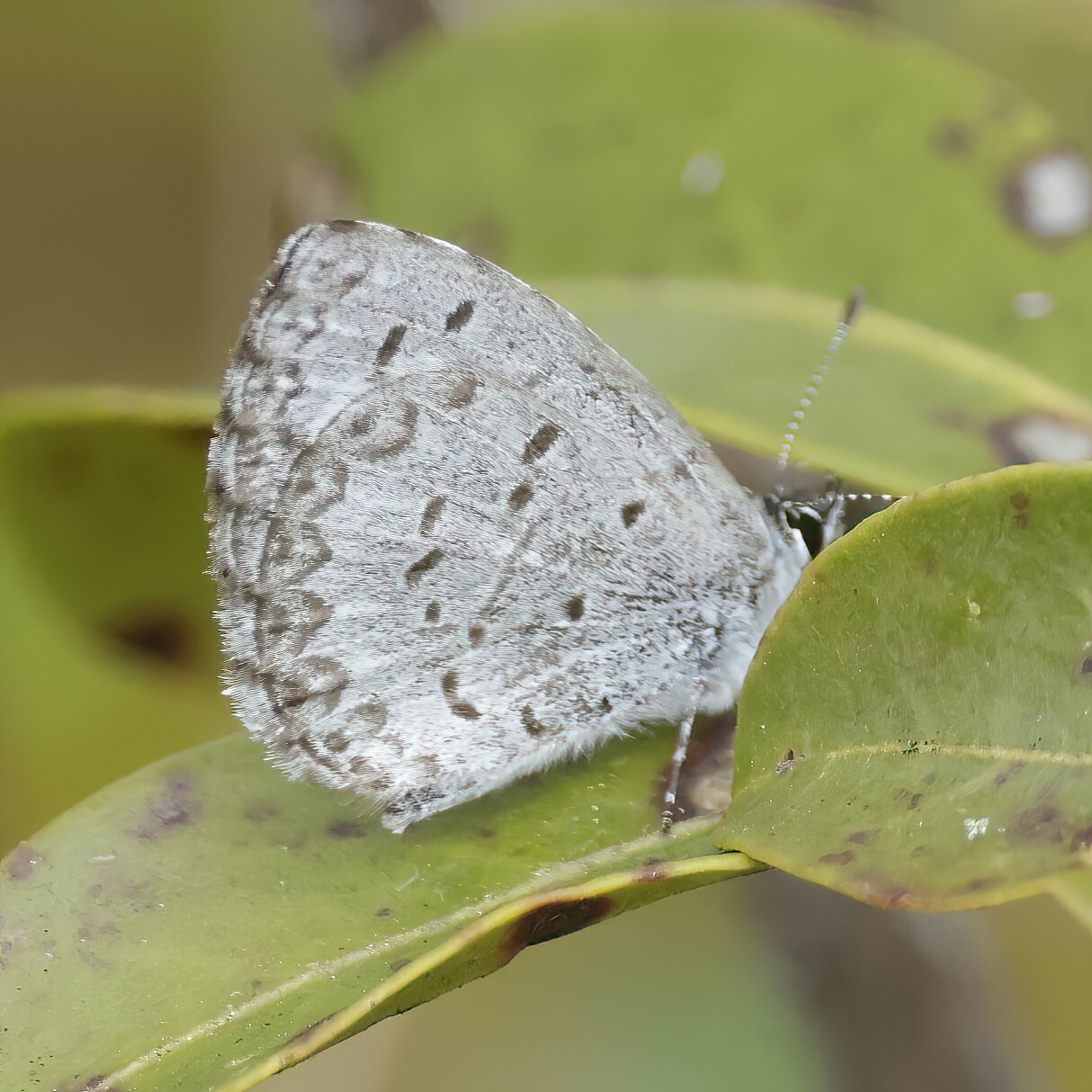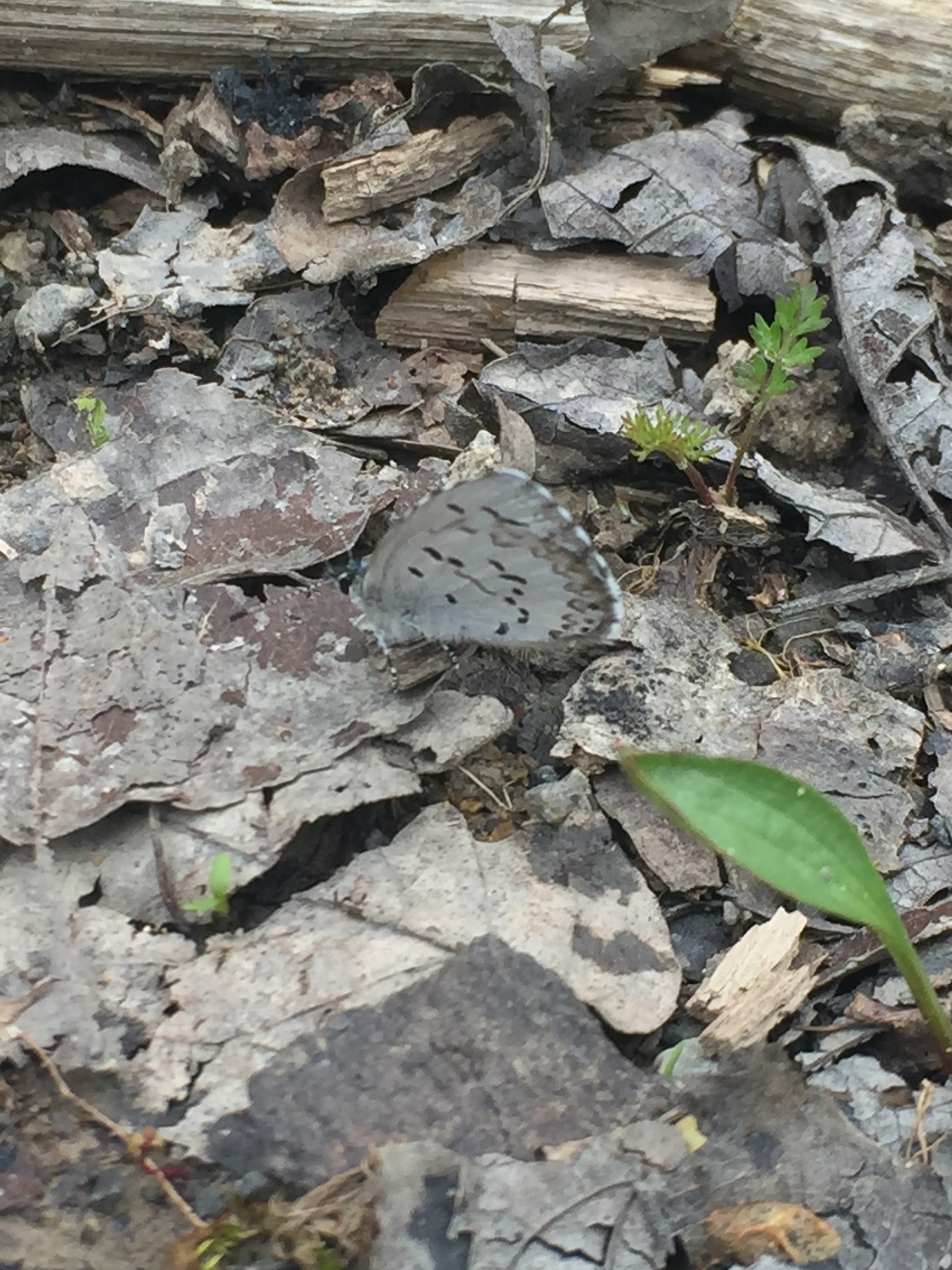Map Snapshot




15 Records
Status
Northern Azure (Celastrina lucia), as its name suggests, has a wide distribution in the north. This butterfly has long been considered as a northern subspecies of Spring Azure (C. ladon), though current systematics now treat it as a full species. This butterfly is known only from higher elevations of western Maryland, where it appears to use Black Cherry (Prunus serotina) as a larval host. In other parts of the range, it often uses various Vaccinium, especially lowbush blueberry (V. pallidum).
Seasonality Snapshot
Source: Wikipedia
| Celastrina lucia | |
|---|---|

| |
| Male, Ottawa, Ontario, Canada | |

| |
| Mer Bleue Conservation Area, Ottawa, Ontario, Canada | |
| Scientific classification | |
| Domain: | Eukaryota |
| Kingdom: | Animalia |
| Phylum: | Arthropoda |
| Class: | Insecta |
| Order: | Lepidoptera |
| Family: | Lycaenidae |
| Genus: | Celastrina |
| Species: | C. lucia
|
| Binomial name | |
| Celastrina lucia | |
| Subspecies | |
| |
| Synonyms | |
| |
Celastrina lucia, the lucia azure, northern azure, eastern spring azure or northern spring azure, is a species of butterfly of the family Lycaenidae. It is found eastern North America, ranging from the Maritimes south through the Appalachian Mountains to West Virginia.[2]
The wingspan is between 22–35 mm. Adults are sexually dimorphic. They are on wing from April to July.[3]
The larvae feed on Vaccinium species, including V. pallidum.
Taxonomy
[edit]Until the early 1990s, most North American azures were thought to be a single species, Celastrina ladon. More recently, research has revealed that there are many different species of azures, including C. lucia,[4] which had been treated as a subspecies of C. ladon.
Similar species
[edit]- Cherry gall azure (C. serotina)
- Holly azure (C. idella)
- Spring azure (C. ladon)
- Summer azure (C. neglecta)
Gallery
[edit]-
Variation in larval colour pattern of C. lucia found on Viburnum lentago (left column) and Cornus alternifolia (right column)
References
[edit]- ^ Celastrina lucia at Markku Savela's website on Lepidoptera
- ^ Bug Guide
- ^ Fownes, Sherri; Schmidt, B. C. "Species Details Celastrina ladon lucia". University of Alberta Museums. E.H. Strickland Entomological Museum. Retrieved November 8, 2020.
- ^ Celastrina ladon complex - USA National Phenology Network
 Data related to Celastrina lucia at Wikispecies
Data related to Celastrina lucia at Wikispecies Media related to Celastrina lucia at Wikimedia Commons
Media related to Celastrina lucia at Wikimedia Commons
